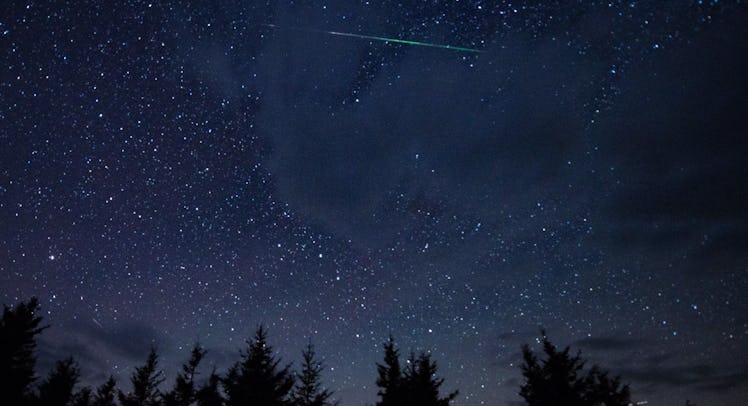Two Meteor Showers Are Going on Right Now. Here’s How to See Them.
You won't want to miss these.

The summer of stargazing continues this week when not one but two meteor showers will peak, providing much-needed nighttime entertainment for those willing to crane their necks skyward. Both are annual occurrences, but what they lack in rarity they make up for in spectacle.
The Delta Aquariids meteor shower is so named because its meteors appear to originate near the Delta Aquarii star, which is part of the constellation Aquarius. It actually originates from a comet named 96P/Machholz and occurs from July 12 to August 23, and at its peak, which is this week, can produce 20 meteors per hour.
The Alpha Capricornids meteor shower occurs between mid-July and mid-August, a result of dust from the comet 169P/NEAT. This year, it’s peaking between July 25 and 30, though at a less impressive three visible meteors per hour. But what it lacks in quantity it makes up for in fireballs.
That’s right, fireballs. You’re not going to want to miss those.
Meteor showers occur when the Earth passes near trails of debris left by comets and asteroids pulled away by the sun’s gravitational pull. The bright streaks we can see are pieces of that trail disintegrating in the Earth’s atmosphere.
Both current meteor showers can be glimpsed sans magnification in areas where the light pollution isn’t too bad, though the Delta Aquariids is better seen from the Southern Hemisphere.
If the weather is uncooperative or you just don’t get a chance to stargaze, another meteor shower, the Perseid, is just a few weeks away.
This article was originally published on